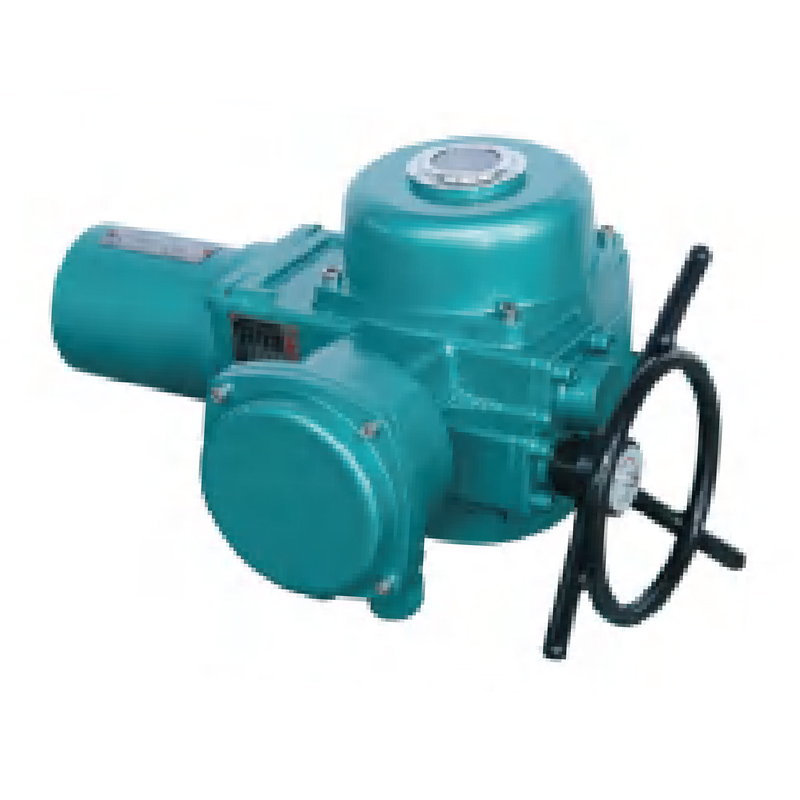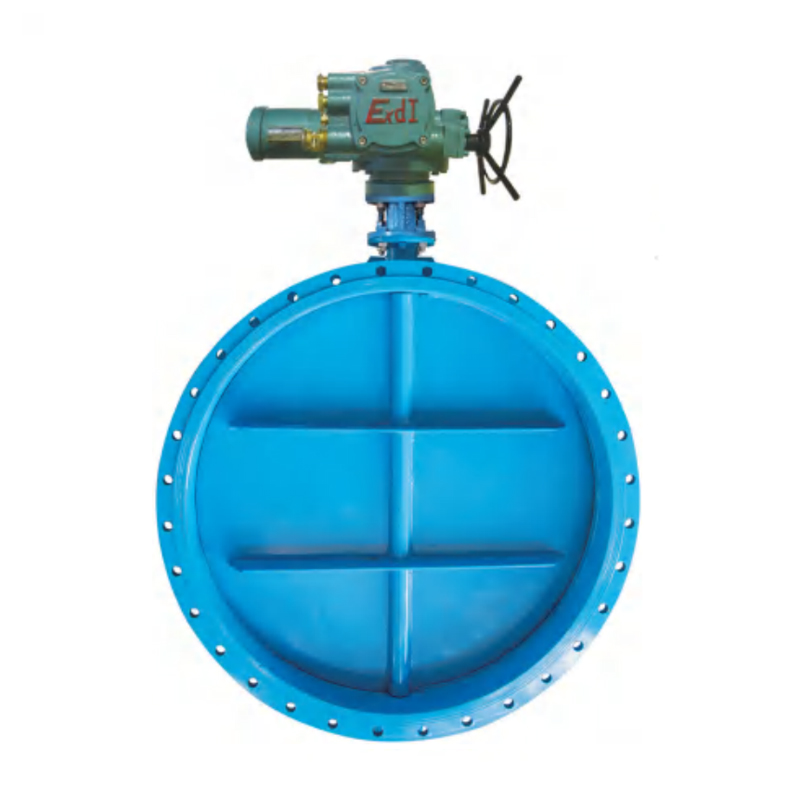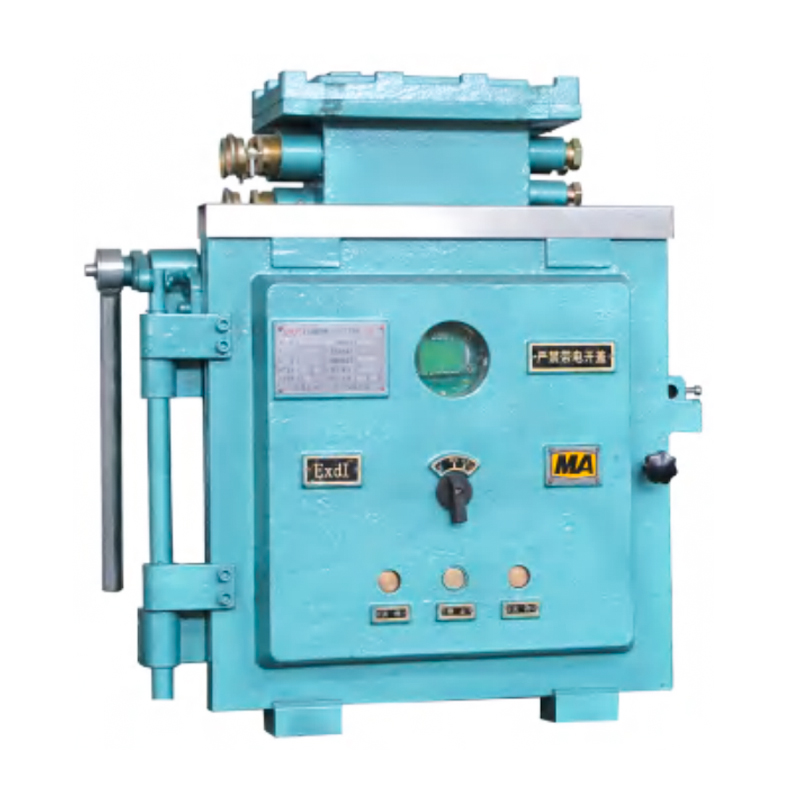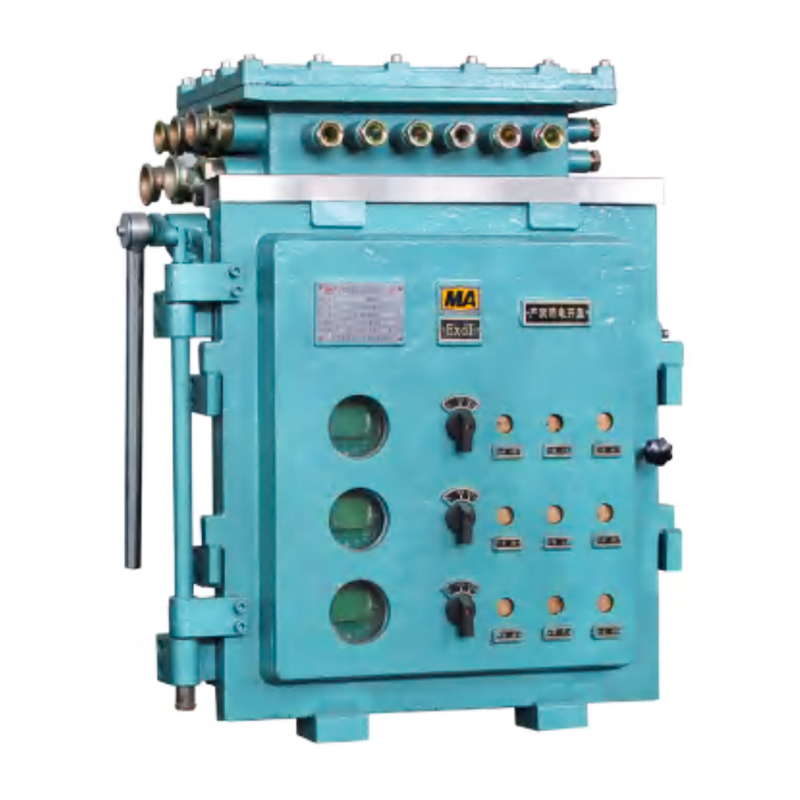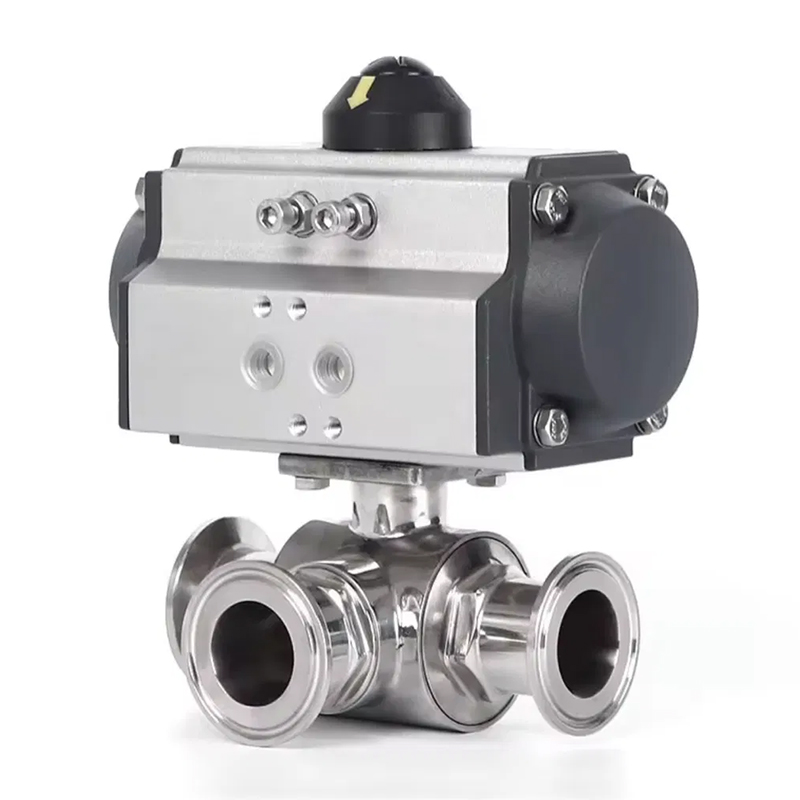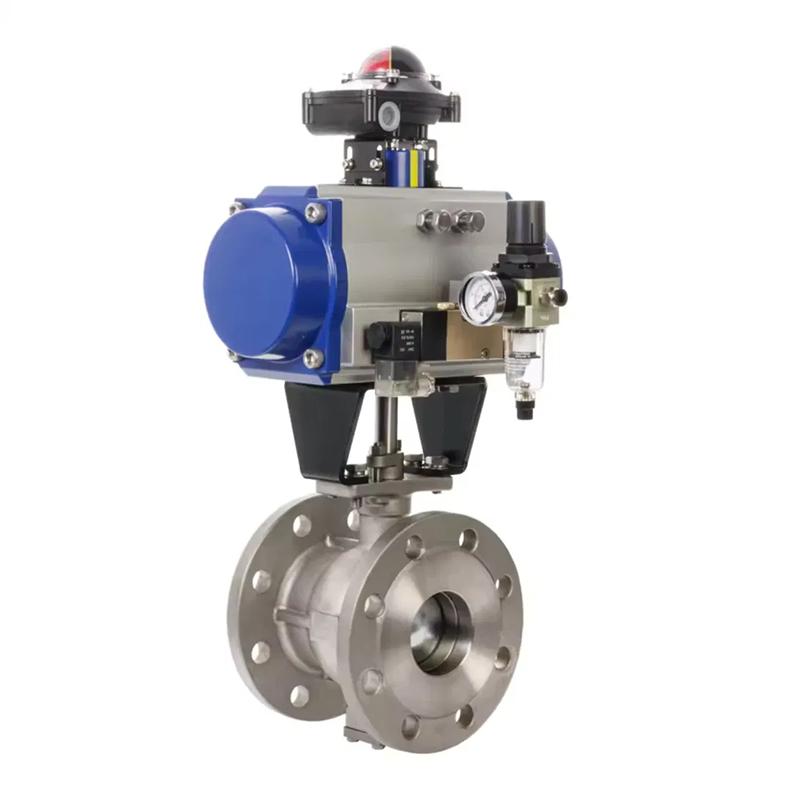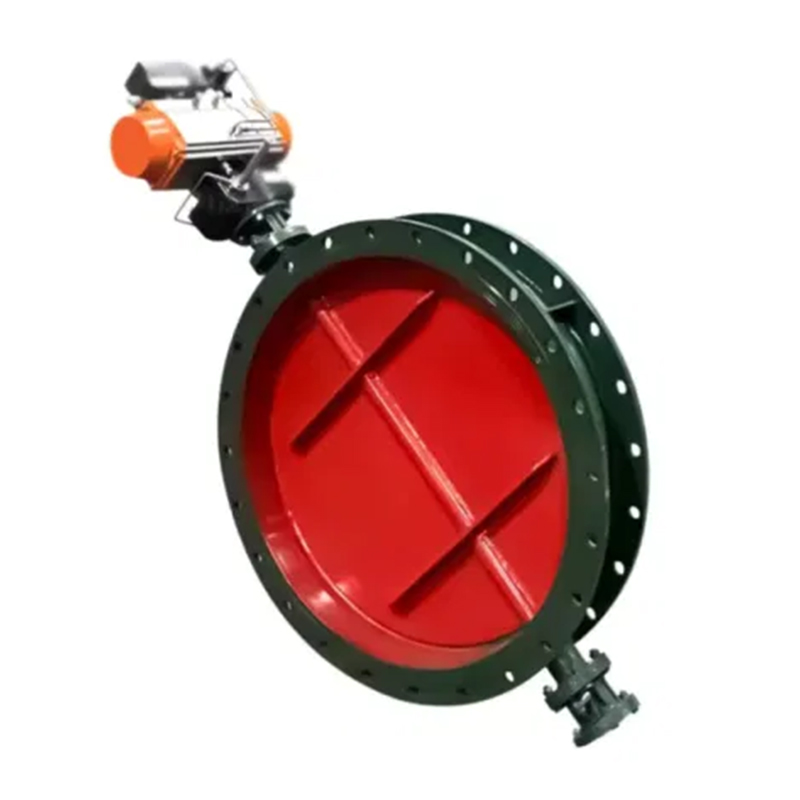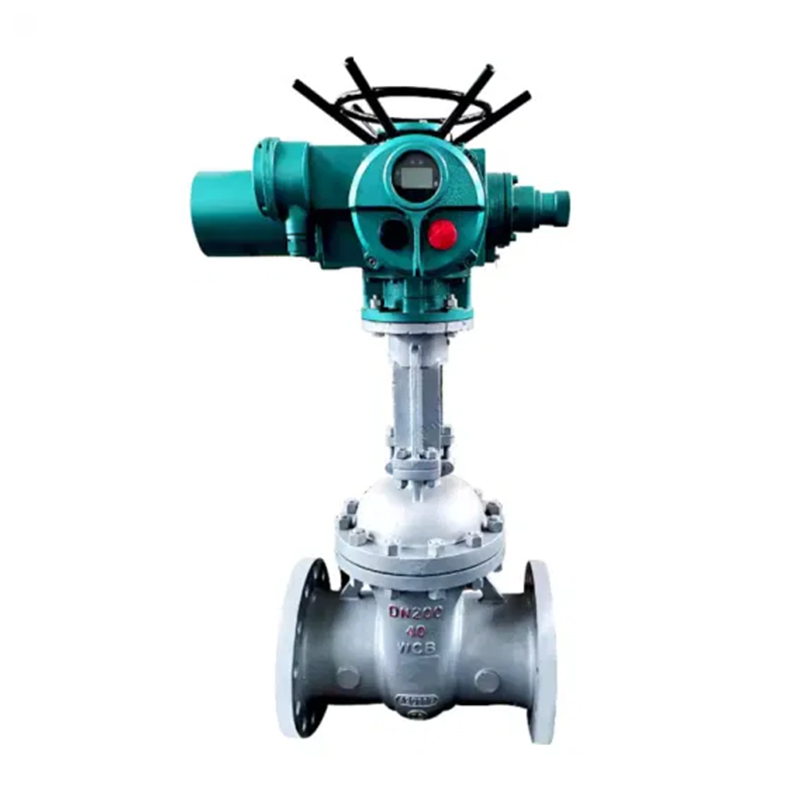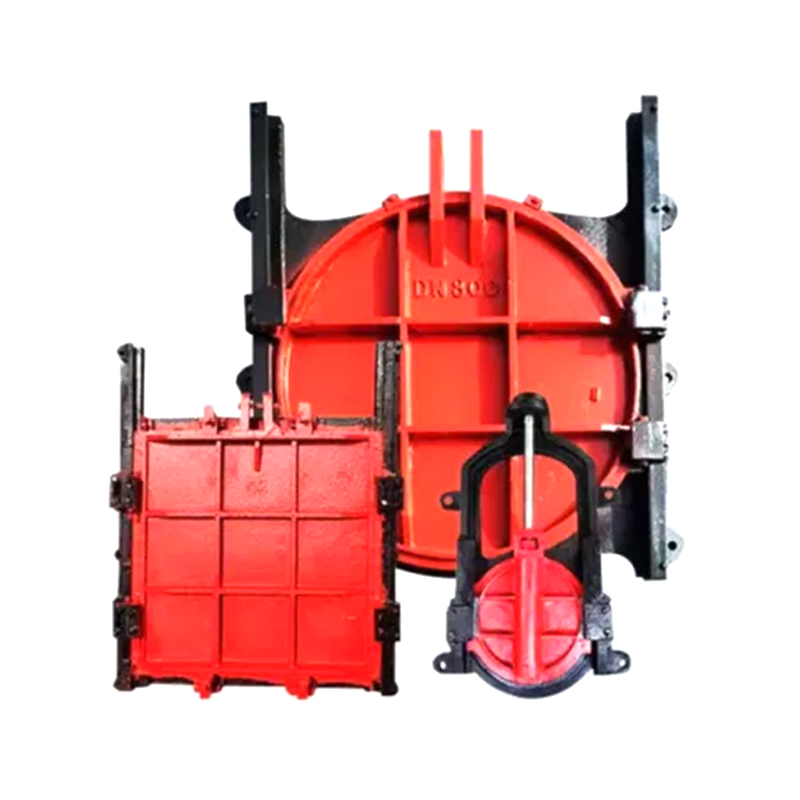0086 15335008985
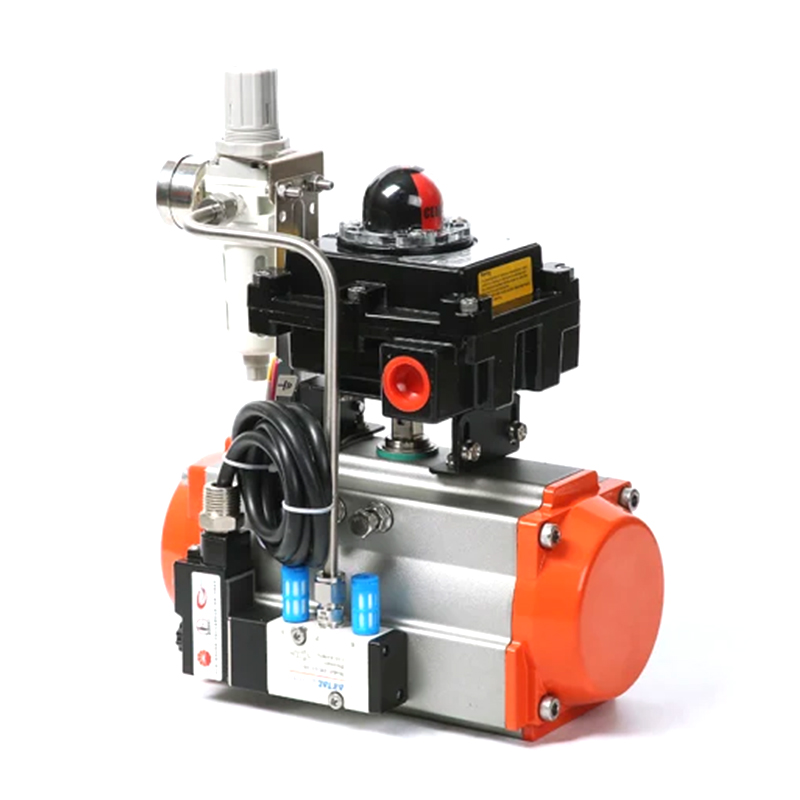
Rack and Pinion Pneumatic Actuator: How to achieve efficient energy conversion and precision control?
The core of the rack and pinion pneumatic actuator lies in its transmission mechanism, that is, the meshing relationship between the gear and the rack. The quality of this relationship directly affects the transmission efficiency, noise level and service life of the actuator. In order to ensure the optimal meshing relationship between the gear and the rack, the designer needs to perform precise mechanical calculations.
The selection of the module, number of teeth and tooth angle of the gear is crucial. The module determines the size and load-bearing capacity of the gear, while the number of teeth affects the speed and torque output of the gear. The tooth angle determines the contact area and meshing efficiency between the gear and the rack. Through precise calculations, designers can select the gear parameters that best suit the application requirements to ensure the stability and efficiency of the transmission mechanism.
The material and heat treatment process of the rack are also factors that cannot be ignored. The rack needs to withstand repeated meshing of the gear, so its material must have sufficient strength and wear resistance. The heat treatment process can further improve the hardness and fatigue resistance of the rack and extend its service life. Designers need to select appropriate rack materials and heat treatment processes according to the application environment and load conditions.
In addition to precise mechanical calculations, strict process control is also the key to achieving efficient energy conversion and precision control of rack and pinion pneumatic actuators. Process control covers every link from raw material selection to finished product manufacturing, including the processing accuracy, assembly accuracy and debugging process of gears and racks.
In terms of processing accuracy, the surface roughness, tooth profile accuracy and pitch accuracy of gears and racks need to be strictly controlled. Slight deviations in these parameters may affect the meshing efficiency and noise level of the transmission mechanism. During the processing, high-precision CNC machine tools and grinding equipment are required to ensure that the processing accuracy of gears and racks meets the design requirements.
In terms of assembly accuracy, the assembly process of gears and racks requires strict control of tolerances and fit accuracy. Any slight assembly error may cause instability or failure of the transmission mechanism. During the assembly process, advanced assembly technology and testing equipment are required to ensure that the assembly accuracy of gears and racks meets the design requirements.
In terms of the debugging process, rack and pinion pneumatic actuators need to undergo rigorous testing and debugging to ensure their stable and reliable performance. The test content includes key indicators such as transmission efficiency, noise level, and load capacity. The debugging process requires necessary adjustments and optimization of the actuator based on the test results to ensure that it meets the application requirements.
The reason why rack and pinion pneumatic actuators can be widely used in the field of industrial automation is that they can achieve efficient energy conversion. Through the precise meshing relationship between the gear and the rack, the pneumatic actuator can efficiently convert air pressure energy into mechanical energy to drive various mechanical equipment to operate.
Compared with traditional electric actuators, pneumatic actuators have higher transmission efficiency and more stable performance. Since the transmission of air pressure energy does not require power lines and complex control systems, pneumatic actuators have stronger adaptability and reliability in harsh environments. The maintenance and maintenance of pneumatic actuators are also relatively simple and convenient, reducing the operating costs of enterprises.
In addition to efficient energy conversion, rack and pinion pneumatic actuators also have the ability of precision control. Through advanced control systems and sensor technology, the actuator can achieve precise control of the air pressure energy conversion process. This precise control is not only reflected in the motion accuracy and speed control of the transmission mechanism, but also in the adaptive adjustment of load changes.
On the automated production line, the rack and pinion pneumatic actuator can accurately control the motion trajectory and speed of mechanical equipment according to production requirements. In the valve control system, the actuator can realize the precise control of the opening and closing of the valve to ensure the stable regulation of the fluid flow. In the material handling system, the actuator can accurately control the movement of the conveyor belt or lifting mechanism to realize the fast and accurate handling of materials.
Take the material handling system on an automated production line as an example. The system uses a rack and pinion pneumatic actuator to drive the conveyor belt and lifting mechanism. In the design process of the actuator, the designer fully considered the selection of the module, number of teeth and tooth angle of the gear, as well as the material and heat treatment process of the rack. In the process of processing, assembly and debugging, the requirements of process control are also strictly followed.
In actual application, the rack and pinion pneumatic actuator shows extremely high transmission efficiency and stability. The motion trajectory and speed control of the conveyor belt and lifting mechanism are accurate and correct, and the material handling efficiency is significantly improved. The noise level of the actuator is also controlled within a reasonable range and will not interfere with the production environment.




 русский
русский Español
Español
